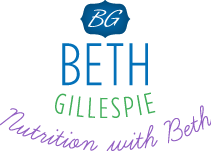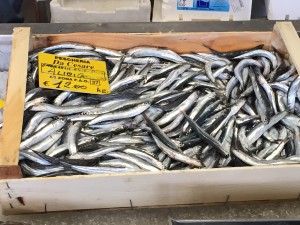Over the years, this definition has greatly changed for me. In my late teens through my late twenties, it was all about calorie counting, restriction, extreme willpower, lack of joy around food, control, and fear of being in social situations where there were a lot of food temptations. It was about being obsessive and it involved a lot of emotional pain. I often want to forget my relationship with food and my body during those years in my life. But it brought me to where I am today and my new definition of a healthy and fit body.
Today, I abhor diets, needless dietary restrictions, and calorie counting. For me, weight loss and achieving healthy body composition is NOT about going on a strict diet for a certain number of weeks or months, using all your willpower to stay on the diet, feeling deprived and like crap while on the diet, and feeling stressed about food.
Healthy weight loss IS about eating healthy and delicious foods that make you feel energetic, clear headed, and less bloated. It is about addressing underlying health issues such as nutrient deficiencies, hormone imbalances, and chemical toxins that slow down metabolism, fat burning, and affect appetite and even food preferences. It IS about experimenting with foods to see what foods give you the most energy and which foods actually slow you down by causing joint pain, brain fog, depression, and digestive distress. It IS about figuring out why you might be stuck in certain patterns and addressing those issues that are keeping you stuck, even if this creates some discomfort. It IS about finding joy when you eat, being comfortable in social situations involving foods, listening to your body, and trusting your body to give you signals when you are headed in the wrong direction. A healthy and fit body includes a healthy relationship with food.
My cleanse program “21 Day Cleanse and Revive” is the perfect opportunity to EXPERIMENT with new foods and figure out what foods make you feel good and what foods make you feel bogged down. My program addresses underlying health issues and support safe detoxification of chemicals and other toxins that slow down your metabolism and cause you to hold onto fat. Take 2 to 3 weeks to slow down a bit and really listen to your body. Discover a new way of eating that brings you long term health and a fit and energetic body that includes peace of mind.
I would love to hear what a fit body means to you!

